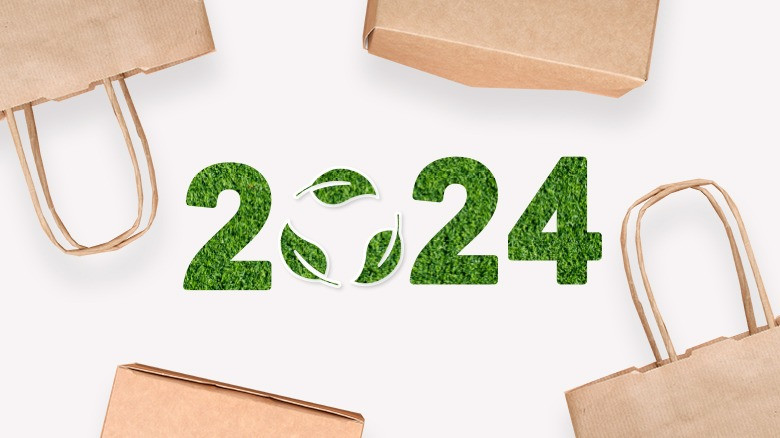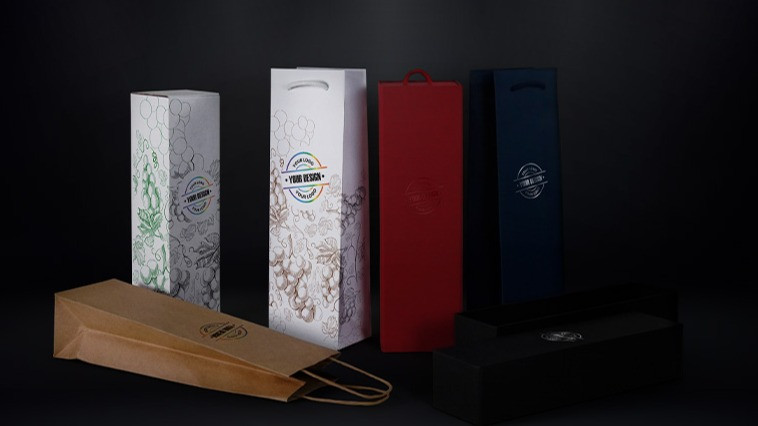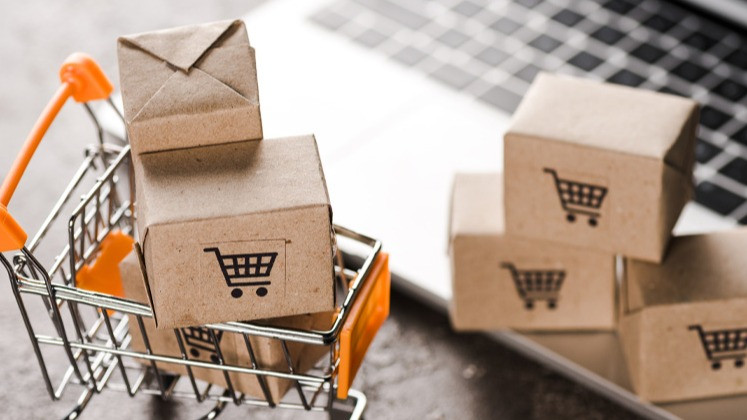In recent years, there has been a growing global discussion about environmental sustainability and ways in which both individuals and companies can reduce their environmental footprint. In this climate of general concern about climate change and environmental destruction, the packaging industry could not be an exception, especially considering that 46% of plastic waste comes from packaging (Geyer 2020).
Eco-friendly packaging materials serve as a bridge for companies to transition to a more sustainable and green future, as reflected in research and studies from organizations worldwide. Let's look at some interesting statistics:
- 40% of plastic packaging produced is used only once before being discarded.
- Reusing only 10 to 20% of plastic packaging could reduce plastic waste in the oceans by 50%.
- Only 14% of plastic packaging is collected for recycling globally.
The key characteristic of environmentally friendly materials is that they can be reused, recycled, broken down, and transformed into something new without causing harm to the environment.
If you are considering making the transition to a greener future for your business in 2024, explore some eco-friendly materials for your packaging.
Recycled Paperboard:
- paperboard is an eco-friendly packaging material as it is renewable, recyclable, and biodegradable. It is produced from paper that has been used in the past, reducing the need for new wood and requiring less energy for production compared to virgin paperboard. Its biodegradability means it can naturally decompose in the environment without causing pollution.
Compostable Materials:
- packaging is made from plant-based materials such as starch, sugarcane, corn, or other cereals. These materials do not create pollution during their decomposition, which occurs naturally in the environment in about 90 days. The benefits of compostable packaging include a reduction in the need for mining and processing mineral raw materials (petroleum, natural gas) and a decrease in waste production and greenhouse gas emissions.
Hemp:
- once a prohibited substance, now appears to be a solution to the use of plastic in packaging. This plant, which grows much more easily than trees, requires little water and does not contribute to deforestation. Hemp can create fully biodegradable plastic that decomposes in about six months.
Cellulose:
Cellulose is a natural polymer extracted from wood or plants, offering a renewable resource that is biodegradable and compostable. Processed cellulose can be transformed into various forms, such as durable paper, providing flexibility in its applications. The use of cellulose offers an environmentally friendly alternative to materials based on petroleum, contributing to a reduction in dependence on synthetic plastics.
Recycled Plastic:
Through recycling, used plastic waste is transformed into new materials that can meet the needs for packaging, reducing the need for mining and processing new mineral resources. It is worth noting that there are limitations to how many times plastic can be recycled.
Mushrooms:
Mushrooms are a promising eco-friendly material, already utilized in the packaging industry and expected to become a robust building material in the future. Companies like IKEA and DELL have leveraged this 21st-century discovery to replace packaging materials with significant environmental impacts. The process involves cleaning agricultural waste, combining it with a mesh of mushroom roots, and drying it to create packaging material.
As we bid farewell to 2023, it is an opportunity to say goodbye to practices that threaten the environment and, consequently, our daily lives. The packaging industry, a dynamic sector in constant contact with the times, continually changes and evolves, seeking new ways and innovative methods to meet the changing needs of the environment. Every company aiming to make a strong statement about its environmental footprint now has numerous and diverse options in materials to design its packaging without compromising aesthetics, functionality, and cost.






